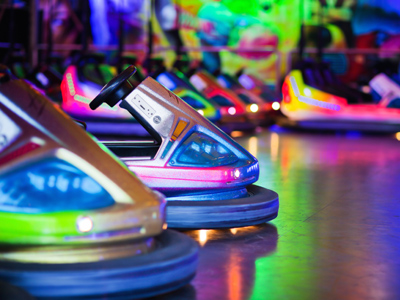Many factors can increase or decrease rates of chemical reactions - pressure of gasses, temperature, surface area of solids, concentration and if there is a catalyst. Anything that will change the probability of particles colliding or change the energy of the collisions will affect the rate of a reaction. This is the second of three high school Chemistry quizzes looking at these factors.
Rates of reaction measure the speed at which the reactants change into the products during a chemical reaction. Manufacturers rely on producing large amounts of product quickly, in order for their process to be economically viable. There are a number of factors that need to be taken into consideration and often compromises need to be made. An example of one of these compromises is the temperature - lower temperatures decrease the rate of reaction and higher ones increase it.. If a manufacturer increases the temperature of a chemical reaction, more product will be made in a shorter time but the energy costs will be higher. This energy needs to be generated somehow, if it comes from burning a fuel, it also means more pollutants will be sent into the air. A good understanding of how reactions can be speeded up or controlled is vital to ensure that the best compromises are reached.
Collisions of particles cause reactions. At all temperatures above absolute zero, particles are in motion (the kinetic theory). Therefore, when the particles of two reacting substances are mixed, it is very likely that they will collide with each other. Solids mixed together don't normally react as their particles are fixed in place, however, introduce a gas or liquid and collisions will occur because the particles are free to move around.
If the particles are slow moving, they have less energy, collisions between them will therefore also involve less energy than if they were moving quickly. If particles collide head-on, that will involve more energy than if one collides with the other from behind or if they collide from the side or at an angle. This means that not all collisions between particles will lead to a chemical reaction. If there are high concentrations of particles, there will be more collisions per second which means there will be a greater likelihood of collisions that result in a reaction.
When you studied exothermic and endothermic reactions and energy level diagrams, you will have learned that for a chemical reaction to happen, bonds between atoms must first be broken and then they can re-form. There is also a minimum level of energy required for a reaction, the activation energy. This represents the energy that is required to break the bonds of the original reactants when they collide. Putting together the two ideas of collisions between particles and bond breaking/making gives an understanding of rates of reaction.
Have a go at this quiz and see how well you understand how rates of reaction can be increased or decreased.








